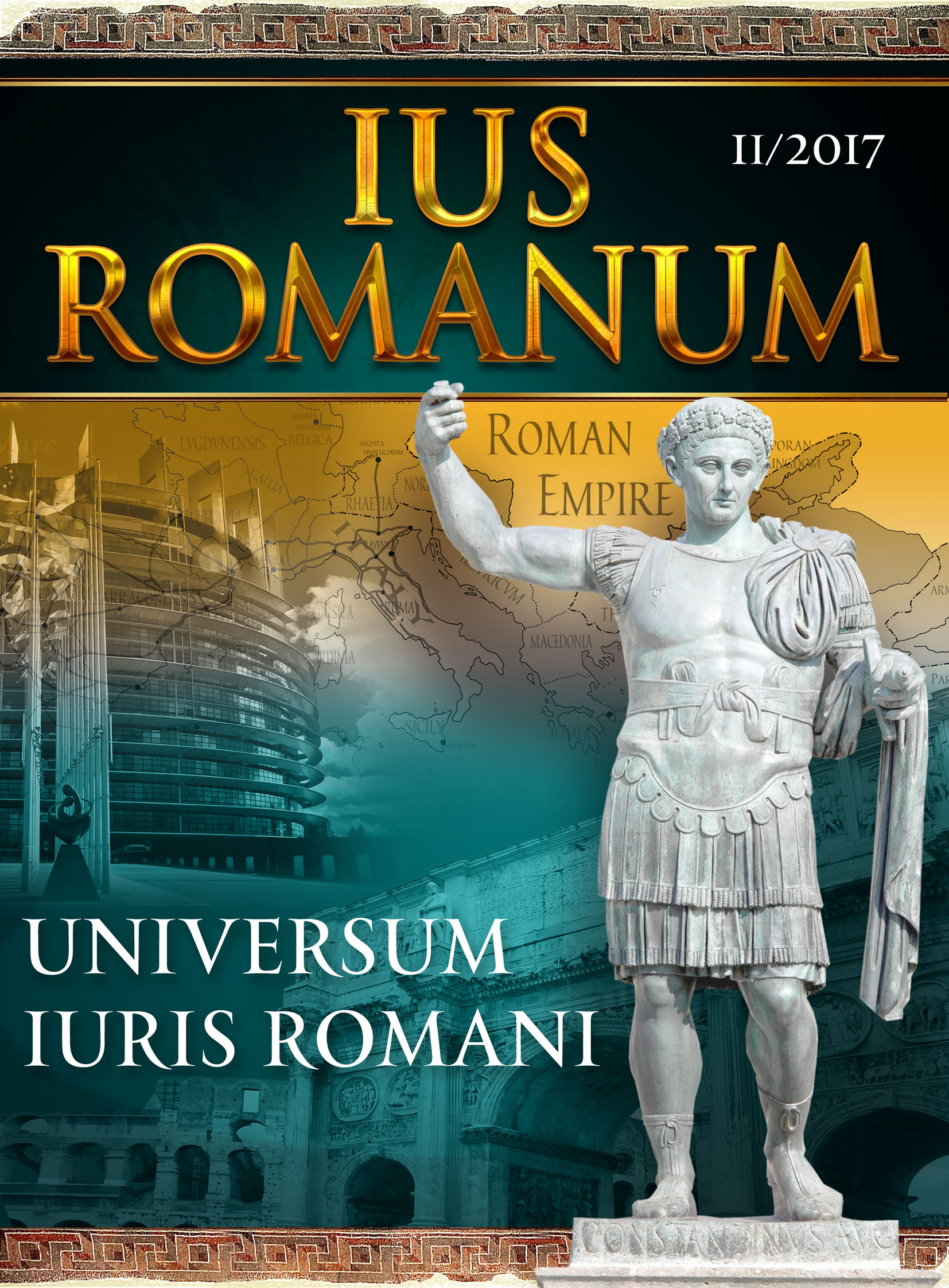THE WOMEN'S PROPERTY REGIME IN THE MEDIEVAL TOWNS ON THE ZETA COAST
THE WOMEN'S PROPERTY REGIME IN THE MEDIEVAL TOWNS ON THE ZETA COAST
Author(s): Nevenka Bogojević-GluščevićSubject(s): Law, Constitution, Jurisprudence, History of Law, Civil Law, EU-Legislation
Published by: Софийски университет »Св. Климент Охридски«
Keywords: the legal regime of the assets of women; the statute of Kotor; Skadar statute; the statute of Budva; XIV century; a married woman; statutory law in the eastern adriatic cities;
Summary/Abstract: The married women's property regime in the medieval towns of Kotor, Budva and Skadar, reconstructed on the basis of the statute and everyday notarial practice, shows that this regulation was based on the principle of full separate property of spouses during marriage and without hereditary rights of the surviving spouse on the legacy of the deceased spouse. A wife's property consisted of dowry and other goods which were usually acquired on the basis of inheritance and gifts. Assets other than dowry were her property and she could dispose of them completely independently and freely. She could dispose of her dowry only with significant restrictions prescribed by statute in relation to donatio mortis causa and inter vivos. For the duration of marriage, a husband was considered usufructuary of her dowry and managed it.. Upon dissolution of marriage a husband was obliged to return the dowry to his wife. In order to secure payment of the dowry, a wife had a priority mortgage claim on her husband's assets. Despite the precise statutory rules, our analysis of the notarial documents from the archives of Kotor has shown that there were deviations from the prescribed regime in practice. As numerous documents show, various litigations were conducted as regards husbands' abuses in the disposal of their wives' dowry. A comparative analysis of the legal regime of the assets of urban women on the Zeta coast and in other medieval towns on the east Adriatic coast has shown that, apart from minor differences, that regime was basically the same with the regime that was in force in medieval Dubrovnik. Both regimes belonged to a special group of the oldest legal regimes in the medieval coastal towns based on separation of property assets of spouses modelled strongly after the pattern of Justinian Code and Byzantine law. The oldest rules were different from statutory solutions in the towns of the Istria and Kvarner regions where there was a universal community of goods between husband and wife in marriage. The difference also existed in relation to the statutory solutions of the central towns of the Dalmatian region in which legal regime was acombination – a full community property of spouses and, to a certain extent, a shared property regime on the wife's goods. Some not insignificant deviations from a set of almost identical rules of Dubrovnik law resulted from local specifities of the socio-economic and political life of the Zeta coastal towns. Due to these specifities other significant influences were present in the final formulation of statutory rules concerning a wife's property in these statutes. Either directly or indirectly, in various and multiple cultural layers, these influences were continually coming to the coastal towns from the interior of the Balkans or from overseas. The direct influences of the Slav law came from the very hinterland of the above-mentioned towns, from Serbia, to whose supreme patronage they belonged. This is also how these statutes were indirectly influenced by complex Byzantine codifications, which found their adequate legal expression in some individual solutions as regards the women's property rights in Kotor and Skadar. The similarities in some of the provisions of the women's property regime in the statutes of Budva, Kotor and Skadar with the rules in this area in the towns along the Adriatic coast are influenced by the identical influences brought to these centers by notaries from Italian universities. Roman law modified by glossators found a fertile ground for application in more and more developed and trade-oriented towns, thus forming their statutory law in the same conditions and in the same way.
Journal: IUS ROMANUM
- Issue Year: 2017
- Issue No: 2
- Page Range: 410-434
- Page Count: 25
- Language: English

